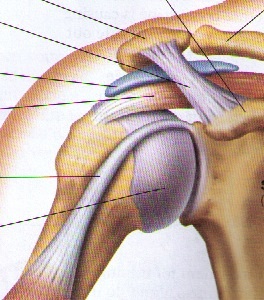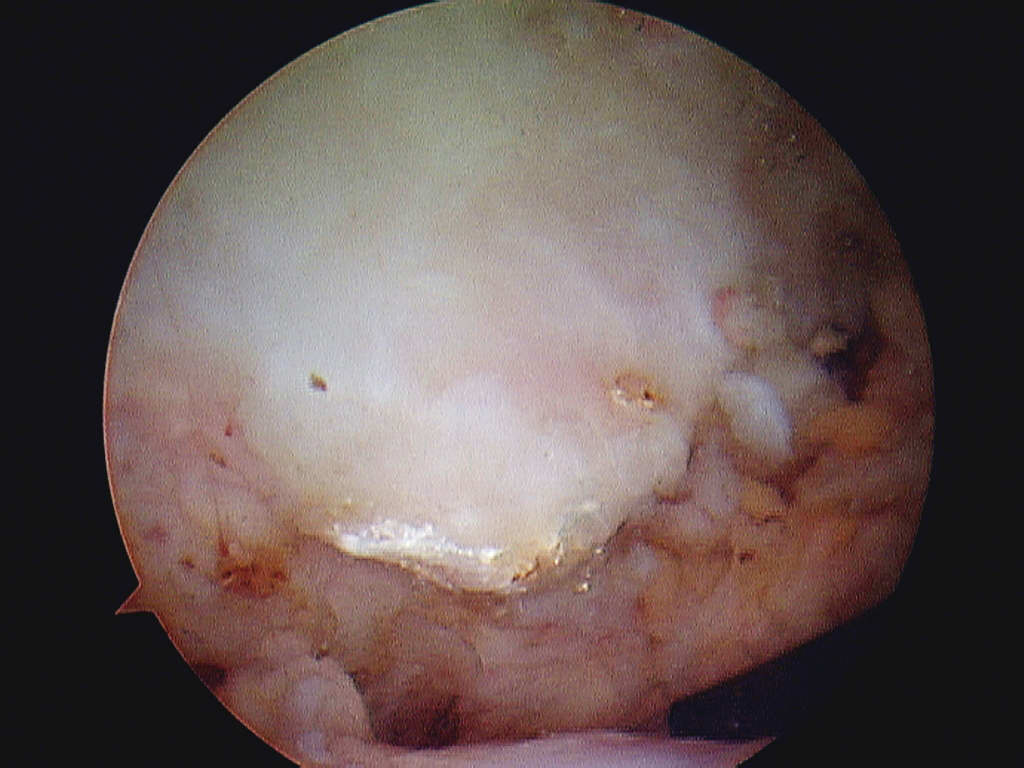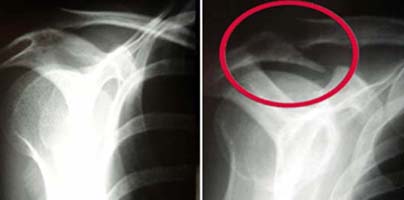Impingement syndrome
Impingement syndrome of the shoulder is a common source of shoulder pain. The term is used to describe a whole spectrum of problems related to the rotator cuff tendons and to the subacromial space
between the acromion on top and the rotator cuff on bottom. The problem usually starts first with subacromial bursitis, then can progress to rotator cuff tendinitis, then to a partial thickness rotator cuff tear, and then eventually to a full thickness rotator cuff tear. It is the same pathological process. It’s just a matter of how severe it has gotten and how long it has progressed.
What happens?
When you overload the rotator cuff as a one-time event or through repetitive overload, the rotator cuff muscles like all muscles in the body can fatigue. When that happens, the rotator cuff muscles don’t hold the humeral head tightly against the shoulder socket and the humeral head instead migrates away from where it functions most efficiently. The bursa sac ontop of the rotator cuff gets irritated and inflammed. Eventually the tendon itself gets involved. Over time one can develop a rotator cuff tendon tear.
Symptoms
Patients usually come to the office complaining of pain. This pain is worse with the arm away from the body or with overhead type activities. There may be some popping and clicking during motion if the bursa sac is thickened. Symptoms can come and go depending on how active you are. This pain is often felt in the upper arm more so than directly on top of the shoulder.
Treatment
Treatment depends on the stage of severity of the impingement. Early impingement can be treated with activity modification, oral anti-inflammatory medicines ( NSAID’s), possibly a subacromial cortisone injection, and, when pain symptoms improve, a rotator cuff strengthening program. If you catch impingement syndrome in time, this type of conservative management can eliminate symptoms. However, if the rotator cuff is already torn, or the symptoms don’t improve with this appropriate conservative management, arthroscopic surgery can often fix the problem.


